Money can be a major obstacle for couples. Here are a few ways to overcome it.
Do you remember when you first met your partner? So many things about them might have captivated you. Maybe it was their eyes, their hair or their smile. Maybe you started talking and you fell in love with their outlook on life, their fun-loving attitude or their sense of humor. We’re willing to bet, however, it wasn’t your aligned financial philosophies that initially drew you to each other, even if financial stability was high on your list of priorities for potential partners.
At the same time, maybe that should be something you look for in your other half. Nearly 50% of Americans say they argue with their significant other about money, while 41% of Gen Xers and 29% of baby boomers attribute their divorce to financial disagreements [1]. One of our goals is to give you the stability that can eliminate financial stress, trimming your worries when it comes to your happily ever after. Here are six tips for couples looking to achieve their financial goals together!
- Communicate Effectively
Of course, communication is the key to a healthy relationship. It’s no secret. In fact, you’ve probably heard this old adage your entire life, but hearing it is different from comprehending it and acting upon it. Additionally, while it’s important when sharing your needs and overcoming conflict, it’s just as important to have open, honest, confident communication about your finances. In our experience, the majority of the battle is normalizing the conversation. Remember, you’re not just combining finances; you’re combining your entire lives, so this discussion shouldn’t be taboo. To make it easier, it can be a good idea to start with simple topics. Go over things like income, how you feel about different retirement accounts, your experience investing or how comfortable you feel with risk. You can then let the conversation naturally evolve to encompass more complex topics, or you can tackle new problems as they arise. It’s key to consider that you’re equal partners, both in life and in money, and it’s crucial to have these discussions before and during a serious relationship.
- Choose a Strategy
Once you’ve broken the barrier to financial discussion, it can be helpful to choose a strategy for how you’ll combine your finances. Some couples, for example, find it easiest to simply combine all their assets, giving meaning to the phrase, “What’s mine is yours.” Others, however, may feel more comfortable keeping their assets separate and handling their own personal expenses. Most commonly, a couple will land somewhere in the middle with a few select combined accounts and some solo accounts. This can help each person maintain some of their individuality and independence while also offering some guidance as to who’s responsible for different financial obligations. Spend some time discussing these options with your partner, and be completely open and honest to foster healthy communication in the present and future.
- Set Measurable, Realistic Goals
Identify goals that are important to both of you, especially if you want to achieve them together. Whether those are short- term goals or long-term, this gives you something to work toward, unifying your vision and objectives to keep you on the same page. It can also help you maintain control over your financial decisions and your priorities. Ensuring those goals are measurable and realistic is also important. In addition to the satisfaction that comes with watching yourself climb toward your objectives, reaching measurable milestones can be motivating, pushing you and your partner to continue saving and spending with the future in mind.
- Budget Effectively
As a couple, you’re a team. That means working together to reach common goals. There’s also power in finding financial strength together, so constructing a budget, controlling your spending, and expressing your thoughts freely can help you grow as a duo. When building that budget, it’s important to start by having a conversation about your priorities. Lay them out clearly, and work together to determine which expenses are “needs” and which expenses are “wants.” You’ll probably want to prioritize essentials, like food, your home, your transportation, and other necessary living expenses. You may want to move on to outstanding debt, determining how much you can realistically pay down in a given period. As partners, you should also hold each other accountable, knowing that sticking to the budget is what’s better for both. Then, know you can tweak your budget as your circumstances change and evolve.
- Choose the Right Financial Partner
The right financial partner or professional can help you develop and work toward your goals. Oftentimes, this means finding someone who understands your current circumstances, is able to read you and your partner as people, and is willing to work in your best interests. This can be tricky, but remember, this is your livelihood we’re talking about. It’s more than understandable if you’re skeptical when choosing someone to control your assets. Additionally, if you think it’s the right time to start working with a professional, ask many questions to determine if they’re the right person to help you achieve your goals. While you may feel like you’re on the hot seat as they ask about your saving and spending, it’s just as much of an opportunity for you to assess how effective or helpful they will be in the construction of your plan or portfolio.
- Develop an Actionable Plan
Once you understand your cashflow, habits, budget and goals as a couple, it’s time to develop a plan that offers specific direction and sets you into motion. Oftentimes, this is the blueprint for your future, giving both you and your partner rules to adhere to. It should also be comprehensive, meaning that it accounts for each aspect of your life. Determine how you’ll utilize specific retirement accounts, as well as if you’re comfortable having your money exposed to market risk. You can also explore options for insurance policies, which can be crucial if you want to protect your loved ones in the event of the worst. Furthermore, revisit your plan on a regular basis. Maybe your risk tolerance has changed, you feel you can contribute more to your savings vehicles, your beneficiaries have changed, you need different levels of insurance coverage, or you’re ready to graduate into retirement. Your plan plays a key role in achieving both your short- and long-term goals, and having one that you believe in can make all the difference.
We believe that money should never hinder your relationship. If you have any questions about how you can effectively combine and develop a plan for your finances as a couple, give us a call today!
Sources:











